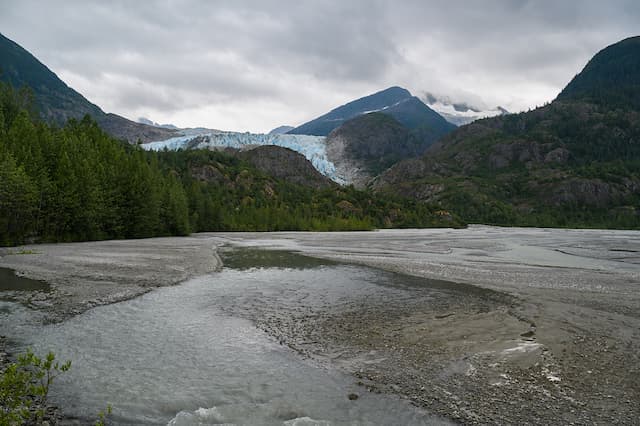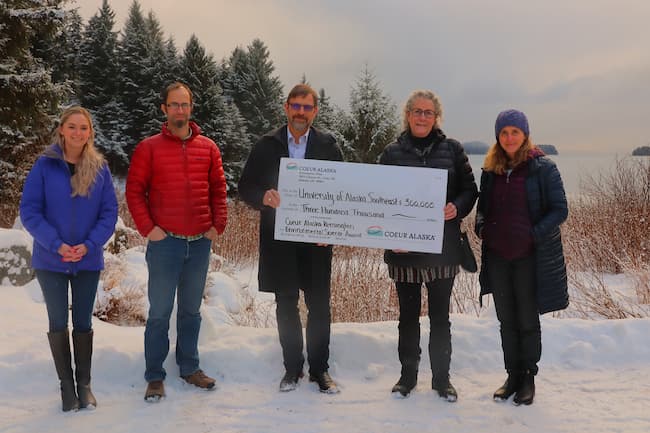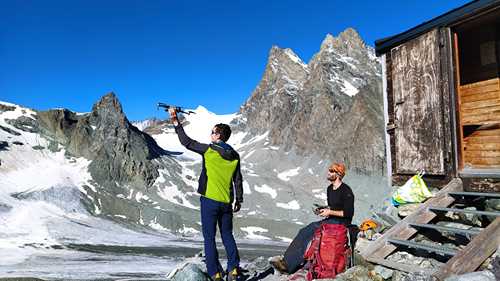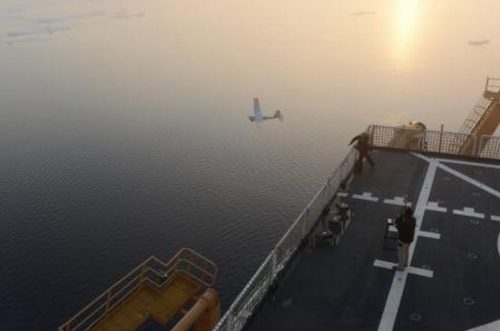
UAS professor Eran Hood is part of a team of scientists who found that the retreat of glaciers in Alaska and British Columbia’s coastal temperate rainforest could produce more than 3,800 miles of potential new Pacific salmon habitat by the year 2100.
A new study in the journal Nature Climate Change, lead by researchers at Simon Fraser University, modeled the retreat of 46,000 glaciers from southcentral Alaska to southern British Columbia to look at how much potential salmon habitat would be created under different climate change scenarios.
As glaciers melt, they expose new terrain including streams, which can be utilized by spawning Pacific salmon. Glacier retreat will create the most new salmon habitat in coastal, low-gradient streams (< 10% incline) with retreating glaciers at their headwaters. The researchers found 315 glaciers that fall into that category, with the most gains predicted along the central Gulf of Alaska—a region that could experience a 27% increase in salmon-accessible habitat by 2100.
Newly exposed streams can be colonized relatively rapidly by opportunistic Pacific salmon.
“It’s a common misconception that all salmon return home to the streams they were born in,” lead author Kara Pitman says. “Most do, but some individuals will stray—migrating into new streams to spawn and, if conditions are favorable, the population can increase rapidly.” For example, Stonefly Creek in Glacier Bay, Alaska where glacier retreat in the late 1970s revealed salmon spawning habitat in the new stream that was colonized within 10 years by pink salmon that grew rapidly to more than 5,000 spawners.
While these new findings suggest a bright spot in the future of salmon in some locations, the authors caution that salmon still face a host of climate-related challenges.
“The creation of habitat associated with glacier loss will benefit salmon, particularly in Alaska, however changes to stream temperatures and streamflow regimes as well as warming ocean conditions still pose grave threats to future salmon populations” said co-author Eran Hood. “Ultimately, understanding both the opportunities and challenges associated with glacier loss will benefit future efforts to manage and conserve salmon populations.”
###[content id=”79272″]




![A Decade of Exploring Alaska's Mountain Glaciers Yakutat Icefield, an expanse of ice of about 310 square miles in southeast Alaska, is considered by glaciologists to be among the ‘walking dead’. The icefield no longer has an accumulation zone – the upper part of a glacier, where mass gains from snowfall exceed ice loss. [NASA/Maria-José Viñas]](https://alaska-native-news.com/wp-content/uploads/glacier-2.jpg)


